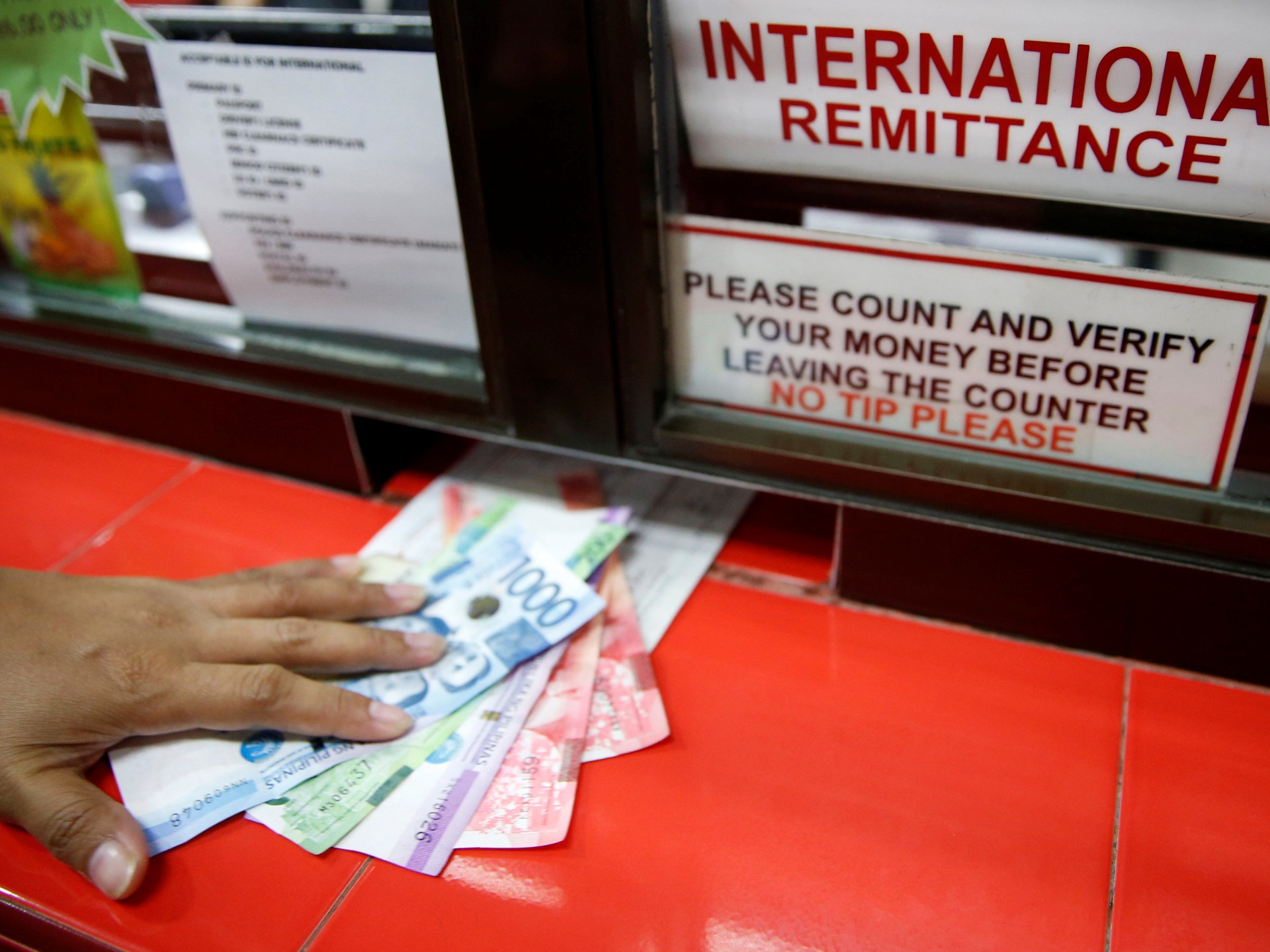Money Transfers Abroad: Types and Mechanisms
Introduction
The flow of remittances, the transfer of money or in-kind items by migrants to their families and communities in their native countries, has experienced significant growth in recent years. In 2022, remittances reached an estimated $831 billion, surpassing foreign direct investment and development aid.
Remittance Trends
- Origins: Remittances primarily originate from the United States, Western Europe, and the Gulf Cooperation Council countries.
- Destinations: Low and middle-income countries, particularly in Asia, receive the majority of remittances.
- Growth Factors: The COVID-19 pandemic and the rise of fintech platforms have contributed to the surge in remittances.
Importance of Remittances
- Financial Support: Remittances provide financial stability to families in developing countries, enabling them to cover basic necessities and invest in education and healthcare.
- Economic Development: Remittances can stimulate economic growth in recipient countries by fostering investment and job creation.
- Emotional Connection: Remittances serve as a bridge between migrants and their home communities, maintaining cultural and social ties.
Types of Money Transfer Services
- Traditional Banks: Offer wire transfers, which allow direct transfer of funds between bank accounts.
- Financial Services: Companies like Western Union and MoneyGram facilitate money transfers through physical locations and online platforms.
- Fintech Applications: PayPal, Remitly, and other fintech platforms provide convenient and cost-effective money transfer services.
How Remittances Work
Remittances can be sent through various channels, including:
- Cash: Person-to-person handovers of physical currency.
- Cheques or Money Orders: Paper-based orders that can be converted into cash.
- Credit or Debit Cards: Electronic transfers using card networks.
- Online Platforms: Money transfer services accessed through websites or mobile applications.
Remittance Fees
The World Bank aims to reduce remittance transaction costs below 3% of the transferred amount. However, average fees remain around 6.4% for $200 transfers. Digital transfers have lower costs (5%) compared to nondigital methods (7%).
Special Cases
- Conflict Zones: Informal money transfer networks may be used due to disrupted financial systems.
- Natural Disasters: Remittances can be crucial for immediate relief and rebuilding efforts.
Cryptocurrency in Remittances
Cryptocurrencies like USDC are gaining popularity for remittances due to their potential for faster and cheaper cross-border payments. However, their volatility may pose risks.
Remittances and Development
Remittances can contribute to development in recipient countries by:
- Reducing Poverty: Providing financial support to families in need.
- Tackling Migration: Lowering the need for high-risk migration by creating economic opportunities.
Challenges and Future Directions
- High Transaction Costs: Efforts to reduce remittance fees are ongoing.
- Technology Accessibility: Ensuring that all migrants have access to affordable and reliable money transfer services.
- Regulation: Balancing innovation and consumer protection in the remittance market.
Conclusion
Remittances play a vital role in empowering migrants and supporting their families in developing countries. By understanding the types of money transfer services available and the challenges they address, we can continue to enhance the flow of remittances and harness their potential for positive economic and social impact.
